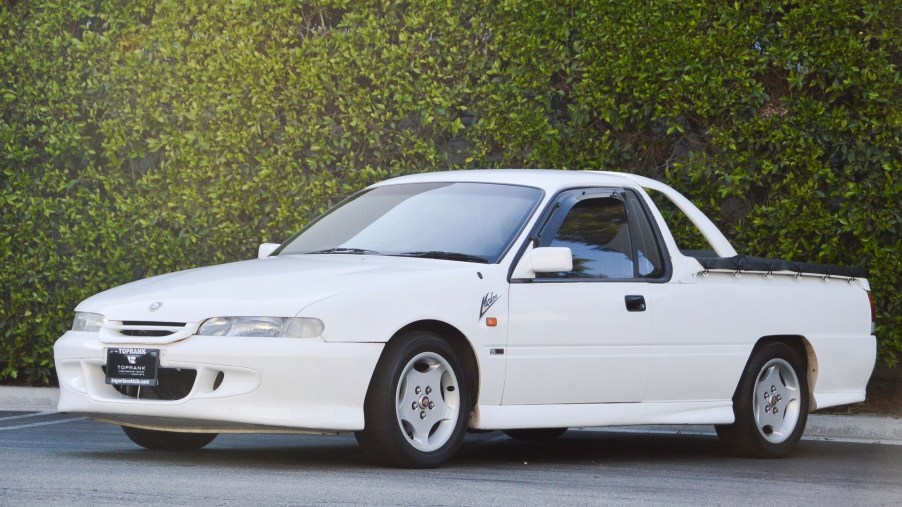
Live Your El Camino Dreams with Importable Australian Utes
As pickup trucks have grown, there’s been a demand resurgence for trucks that scale closer to cars. Car-based trucks, aka ‘utes’, like Chevy’s El Camino, once formed a popular segment, though it’s been dormant for some time. Chevy first attempted to bring it back with the SSR. Honda and BMW then made some functional one-offs based on their sportiest cars. However, Hyundai’s upcoming Santa Cruz is arguably the closest thing to a new production ute. At least, in the US. For decades, Australian utes provided a combination of daily-drivability and utility—but they were stuck in Oz.
Now, though, as with off-road trucks and SUVs, some Australian utes have become old enough to freely import. And as they’re coming in, they’ve also inspired some home-grown competition.
The Holden Commodore ute
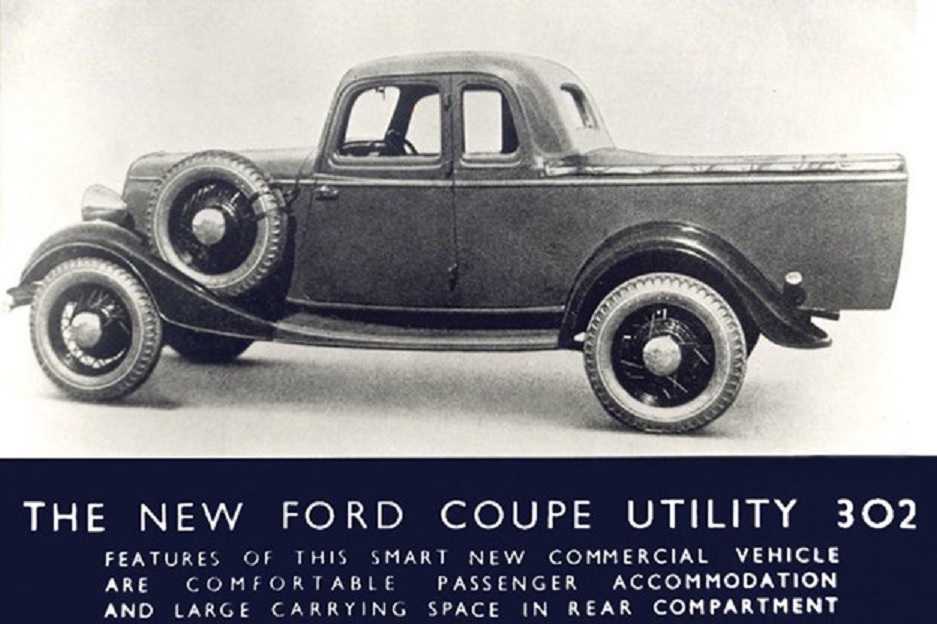
According to Motor Trend, the first Australian ute was inspired by a farmer’s letter. He sent the letter to a Ford designer, expressing the need for a vehicle that could transport his livestock to market, but also be weatherproof and comfy enough to ferry his wife to church. From that, the first ‘coupe-utilities’, or ‘utes’, were born.
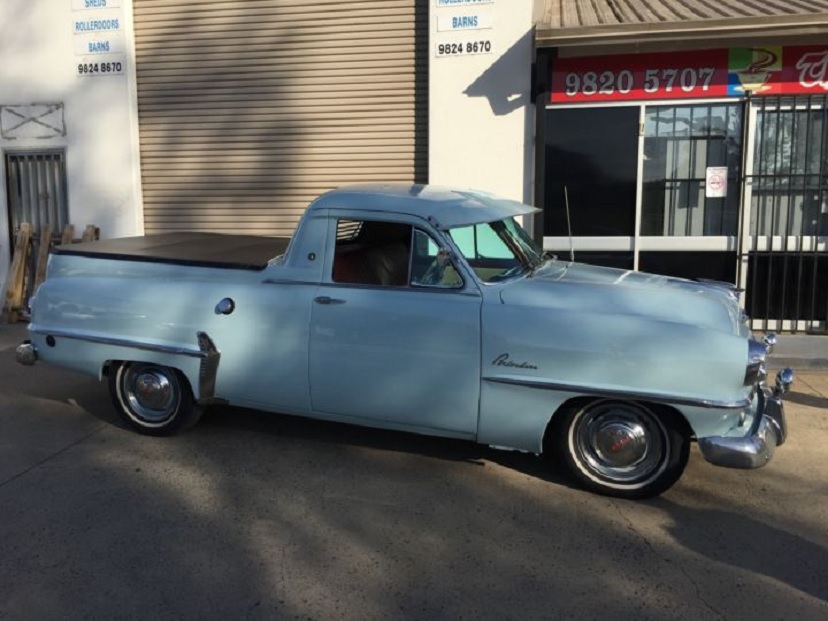
In the beginning, as with most pickup trucks, utes were made by bolting steel bodies onto separate frames imported from the US. However, General Motors’ Australian division, Holden, wanted to make its own trucks in Australia. The first Holden ute rolled off the factory line after WWII. Eventually, following competition from the likes of the Toyota Hilux, it became the Holden Commodore. The Australian ute was in continual production until the 2018 model year, Automobile Magazine reports, when Holden shut down production, according to MT.
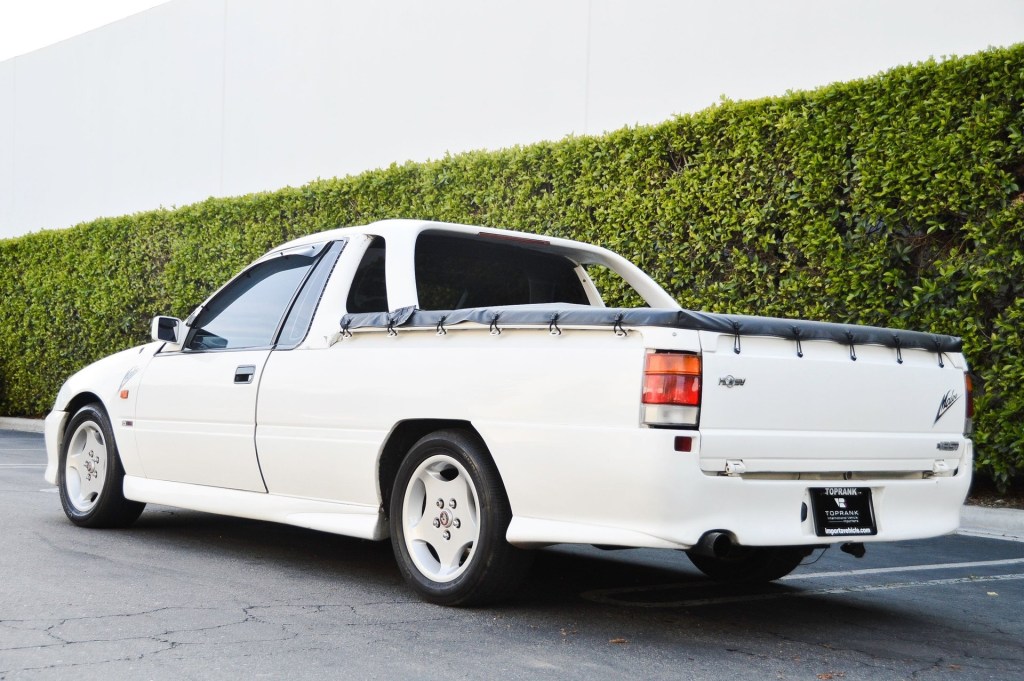
Along the way, much like the US Ford F-150, the Holden Commodore diversified. In addition to the basic six-cylinder work truck, there were models that offered GM’s 5.0-liter V8, with automatic or manual transmissions. Then there were the HSV, or Holden Special Vehicles, versions, like the Maloo.
It first debuted in 1991, with a tuned 5.0-liter V8 making 241 hp. Later versions added more power and speed, as well as options like limited-slip differentials, according to Hagerty. The 2004 Maloo R8 even beat out the Dodge Ram SRT-10 for the title of world’s fastest pickup. In its final form, Automobile Magazine reported the Holden HSV GTS Maloo offered a supercharged 6.2-liter V8 developing 576 hp and 545 lb-ft.
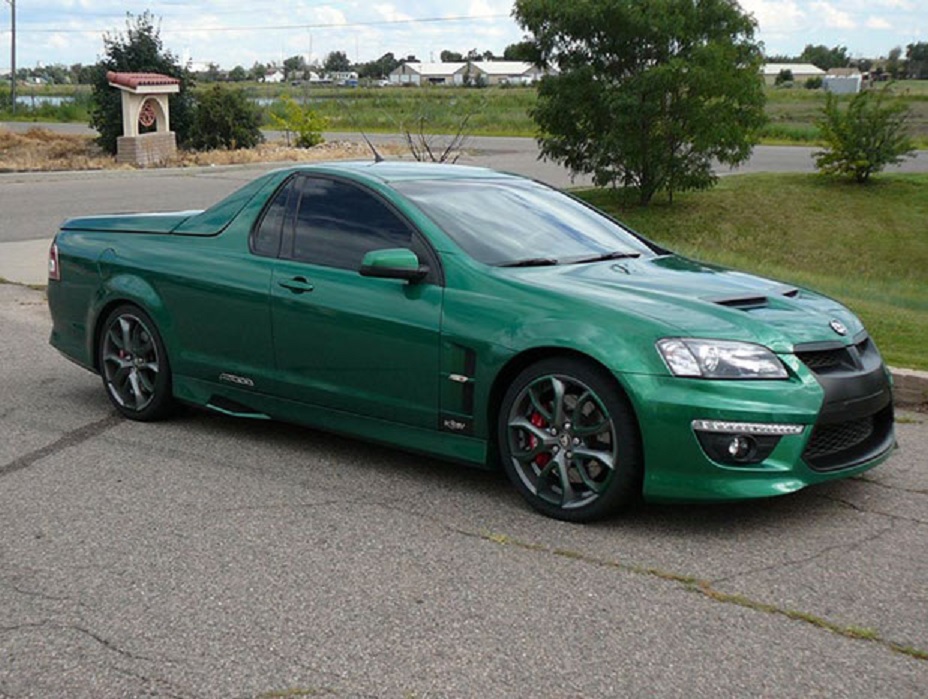
But all utes kept one eye on utility. The last Holden Commodore, Automobile Magazine reports, had a payload capacity of 1000 pounds. That’s not too far off some mid-size pickups.
Pricing and availability
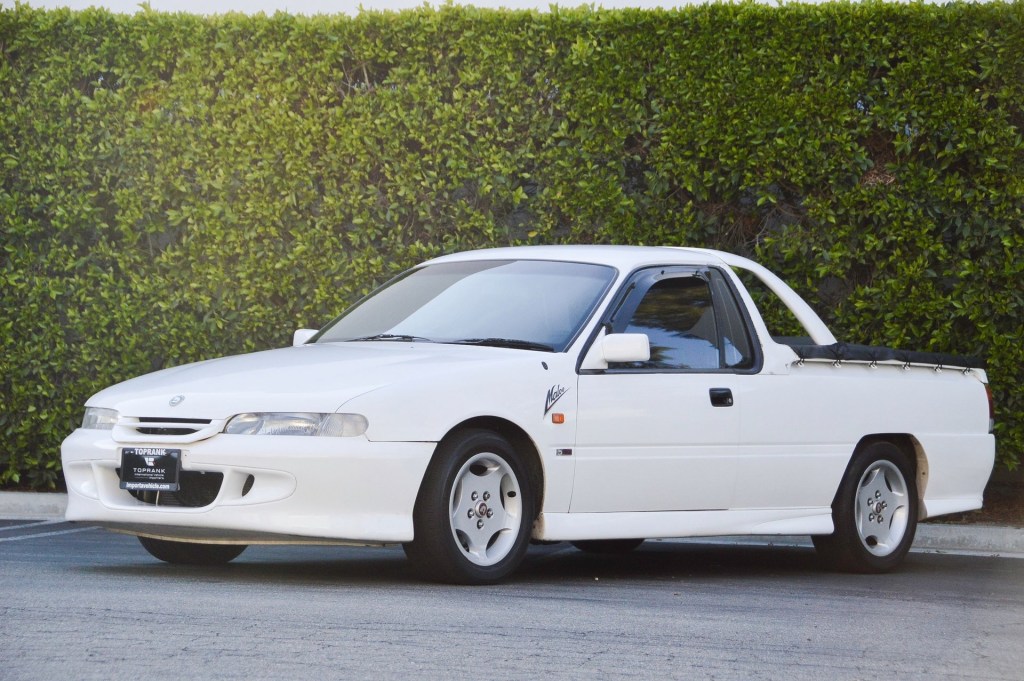
At the moment, apart from some truly vintage examples, Australian utes are only starting to trickle into the US. TopRank Importers is offering a 1994 5.0-liter V8 Holden Commodore as of this writing, although it is still in transit.
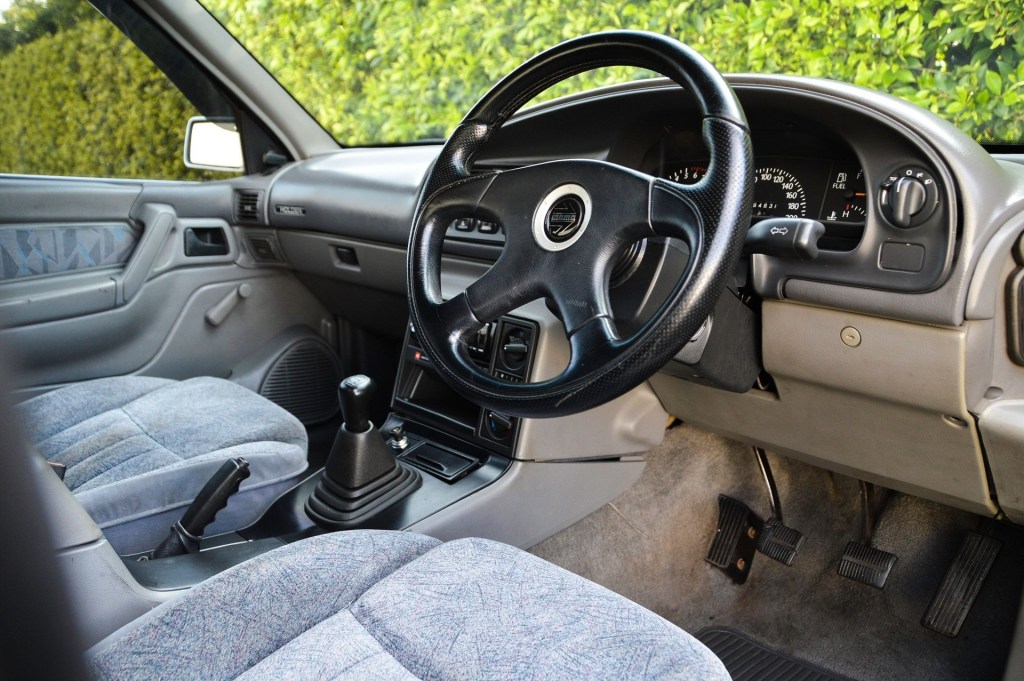
They seem to be fairly affordable, costing in Australia the equivalent of around $5000, according to Cars Guide. Factor in transit and registration costs and many importable trucks could be priced between $10,000-$15,000.
However, there are other ways of getting an Australian ute in the US.
US-made utes
As Motor Authority and Autotrader reported, there’s a company in the US that specializes in importing Australian utes. But what makes Colorado-based Left Hand Utes different from other importers is that it seemingly violates the 25-year rule. But this isn’t some illegal operation. As Jalopnik explained, Left Hand Utes simply takes advantage of a loophole, like some British sports car manufacturers do.
The company imports the body of a newer Australian ute—including HSV Maloos—but without the engine or transmission. When the truck gets here, Left Hand Utes strips it down to bare metal, and installs US-legal components. This includes anti-lock brakes, seatbelts, and, most importantly, a US-market powertrain. Doug Demuro drove one that had a Pontiac G8 GT’s 360-hp V8 and 6-speed manual. And, as the company’s name suggests, the trucks are all converted to left-hand drive. Left Hand Utes claims a payload capacity of 1000 lbs and a towing capacity of 3200 lbs (4000 with a braked trailer).
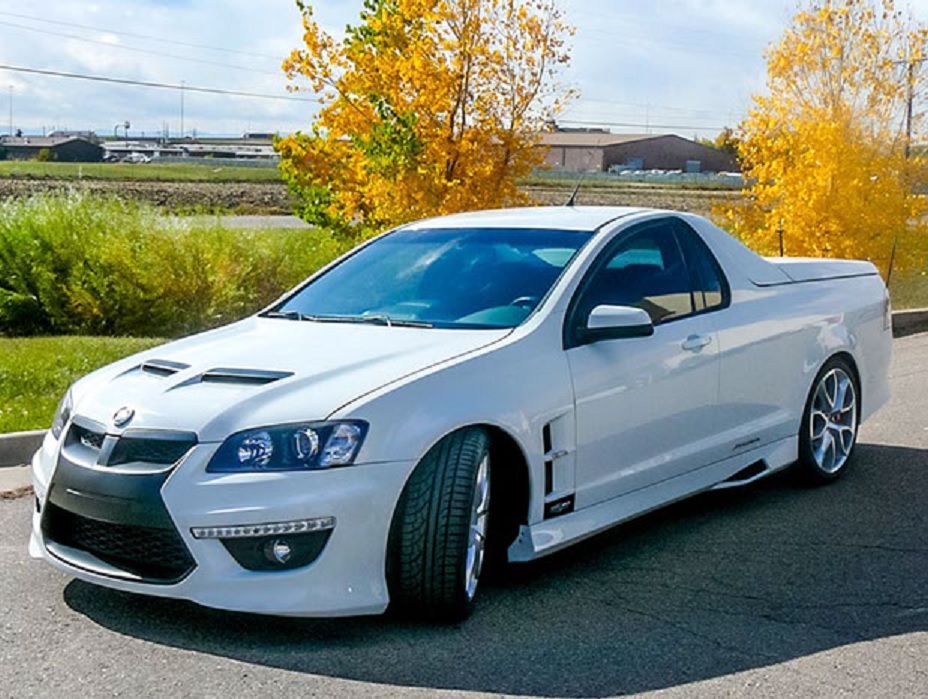
Importing an Australian ute this way is somewhat expensive. Pricing ranges from $30k-$60k, depending on trim. That’s roughly the cost of some full-size pickups, which have higher payload and towing capacities. However, they’re also more difficult to park.
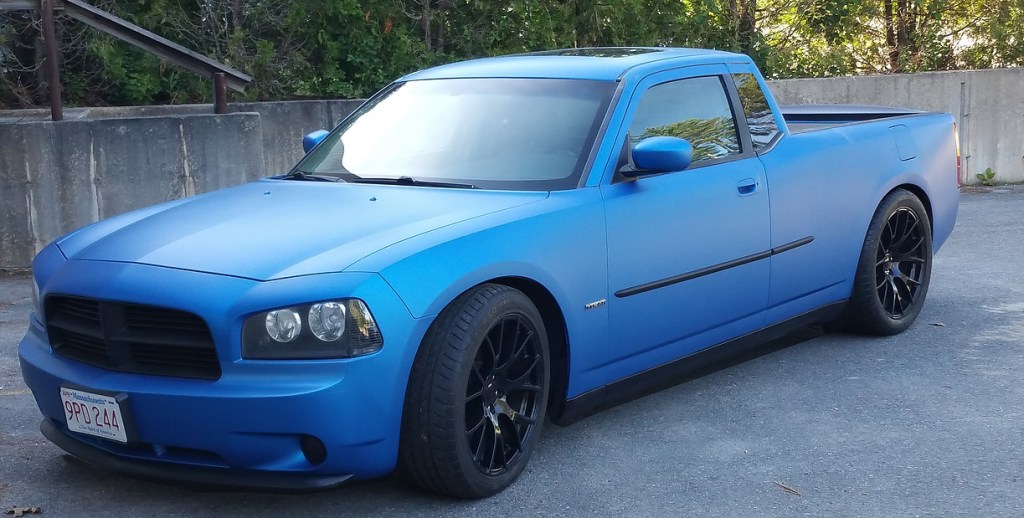
If you don’t want to pay for an Australian-market ute, though, you can also make one yourself. Smyth Performance offers kits to turn several different cars into pickup trucks—including a 2005-2010 Dodge Charger. The kit itself costs roughly $3.7k, and most low-mileage Chargers can be bought for less than $25k, according to True Car.
Dodge is also one of the few brands that didn’t offer a ute in Australia. For once, then, the Americans will have the forbidden-fruit.
Follow more updates from MotorBiscuit on our Facebook page.


